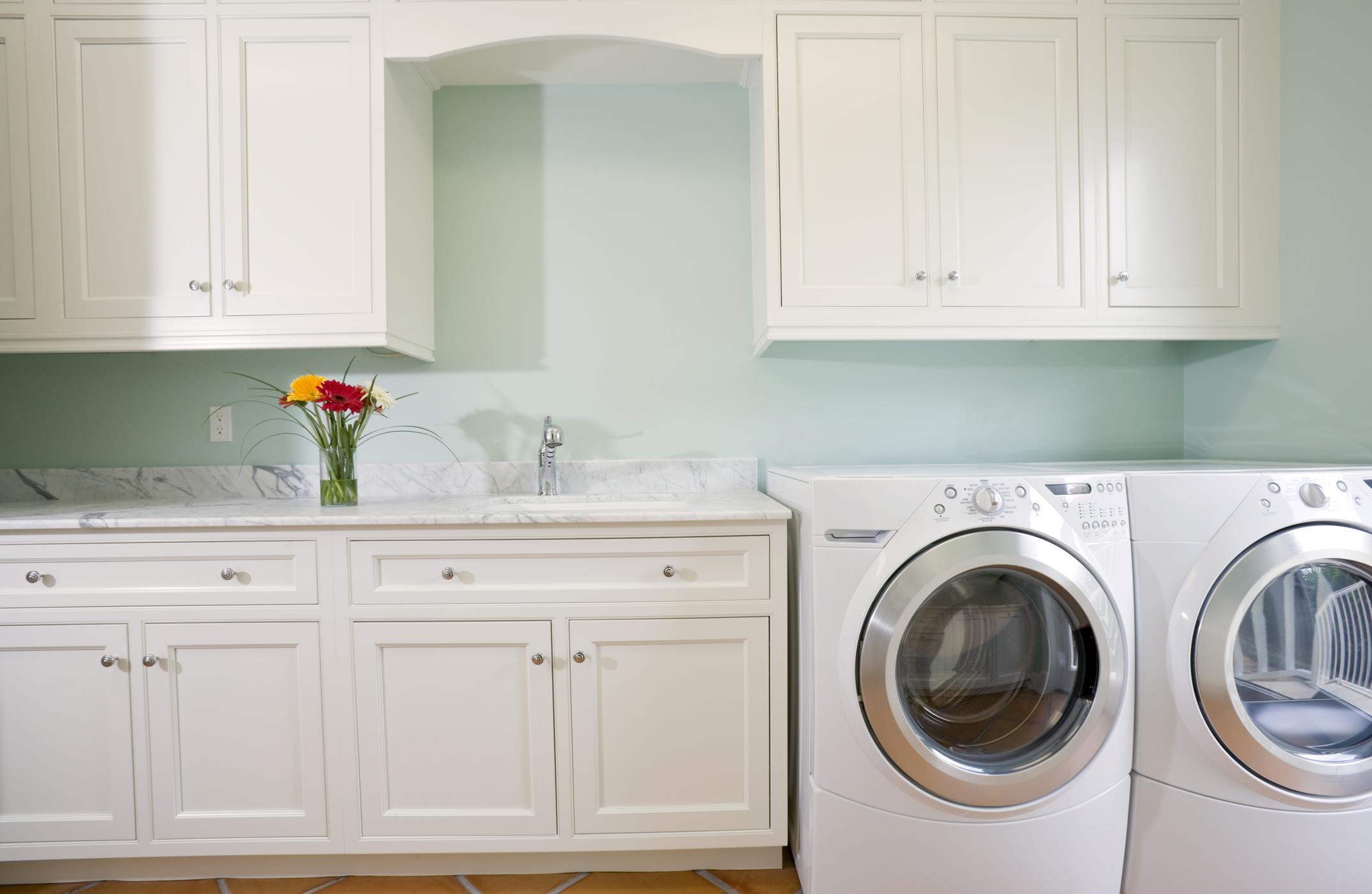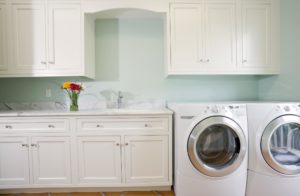 (BPT) – If you think a Jetsons-like home of the future is still a ways off, think again. Today’s smart home is here offering simple ways for consumers to operate their home, adding the ultimate in efficiency, convenience and enjoyment. It’s easier than you think to create a connected home that lets you operate devices throughout your kitchen, living room, laundry room and more – and you can do it all from the palm of your hand or with simple voice commands. In fact, some of your appliances might already be able to help you cook, clean and entertain in ways never thought possible.
(BPT) – If you think a Jetsons-like home of the future is still a ways off, think again. Today’s smart home is here offering simple ways for consumers to operate their home, adding the ultimate in efficiency, convenience and enjoyment. It’s easier than you think to create a connected home that lets you operate devices throughout your kitchen, living room, laundry room and more – and you can do it all from the palm of your hand or with simple voice commands. In fact, some of your appliances might already be able to help you cook, clean and entertain in ways never thought possible.
Here are five things smart appliances can do to make your life easier right now:
1. Serve As Your Sous Chef
Too many cooks in the kitchen spoil the broth, but one extra helper sure could make the food prep a lot easier. Consider the SmartThinQ app for LG appliances your sous chef and use it to tackle all those extra jobs that come with meal preparation.
It can preheat the oven at a designated time – perfect for when you’re sitting in traffic and need to have dinner ready in a pinch. Plus, it can download recipes and let you monitor the remaining cooking time from your phone – letting you enjoy time with your family without worrying about a burnt meal.
2. Help With Housework
If you have a load of laundry in your LG TWINWash with SideKick, your phone can provide cycle status updates and alert you when the cycle is complete, helping to avoid forgotten laundry in your washer. Plus, you can even start or stop the cycle remotely when you’re out of the house.
3. Speed Clean Your Home
Cleaning the oven may be one of the most mundane and dreaded tasks. Now with your smartphone you can easily start your oven’s EasyClean cycle from the palm of your hand, ensuring one of cleanup’s most difficult jobs is done while you’re off enjoying life’s other adventures.
You can also use the app to start your robotic vacuum on your way home from work for a quick refresh or when you forget the in-laws are coming over for dinner.
4. Help You Entertain Effortlessly
Hosting a party or even a casual group of guests heightens the need to clean, but let’s be honest, there’s always a chore or two around the house that you run out of time to tackle. Your smart home can help save the day. While tackling another chore, simply use your smartphone app to tell your refrigerator to make more ice to save you a trip to the store. Or turn on your air purifier to rid the house of cooking smells or seasonal allergy culprits. Likewise, a quick touch of your phone allows you to control air conditioners in your home to set your place to the perfect temperature or adjust the temperature as guests come and go.
5. Remember Your Preferences
Do you ever wish your appliances knew what you were thinking? The more you use your smart appliances, the smarter they get by remembering usage habits and data to better anticipate your needs.
Home Smart Home
Gone are the days of wondering if you left the oven on when you leave the house or constantly checking on the laundry. Chores may be a mainstay, but with new ways to control your home, you no longer have to tackle them all on your own. Each of the examples above presents an opportunity for you to get more from your house with the touch of a button. And for added convenience, many of the latest smart appliances can also be controlled from other devices, like Google Home or Amazon Alexa. So let your touch or your voice be heard and get the most out of your appliances as efficiently as possible. You’ll be glad you did.








